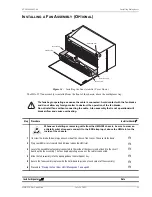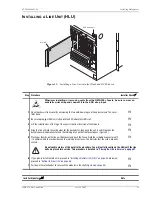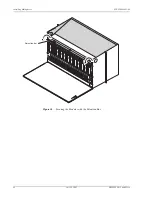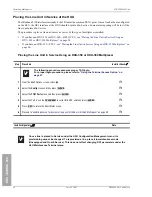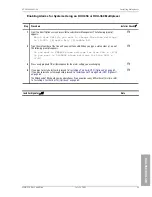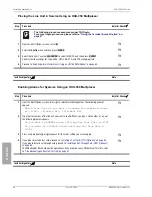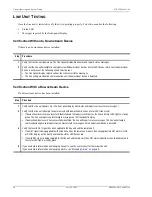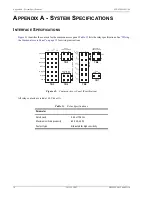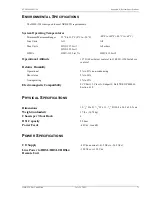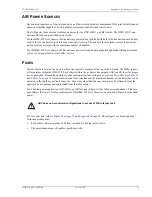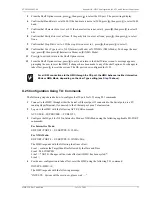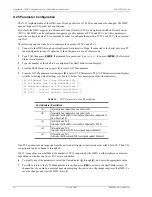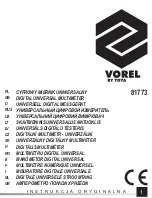
LTPH-SM-1052-04
Managing
Alarms
HMS-358 List 5 and List 6
July 14, 2002
65
M
ANAGING
A
LARMS
The Wideband 3190 system reports alarms from the shelf, the line units, the fan assembly and the multiplexer unit.
The HMS-358 displays an alarm summary on the HMU at all times. Any alarm that exists in the system is
represented by a critical, major or minor alarm LED on the HMU front panel. The alarm LEDs on each HLU in
the system provide additional fault isolation. In general, the HLU or HXU with an active red alarm LED is the
unit directly associated with a fault.
The M13 function is provided by two multiplexer cards wired in parallel. Both monitor the DS3 and DS1
interfaces and check for proper bit rate and line coding. If an error exists on these interfaces, both HXU cards issue
an alarm. A missing HLU or HRU creates a faulty DS1 signal and causes the active and standby HXU to issue a
line alarm. Unused ports on the multiplexer must be configured as Unequipped and Out-of-Service to prevent
them from reporting alarms to the system.
HMU A
LARMS
The HMU-319 reports Critical, Major, and Minor alarms.
•
CR: A critical alarm is generated if:
–
power to the shelf or one of the A/B feeds has been lost, causing the Visible and Audible Critical Alarms
to be asserted.
–
shelf temperature exceeds 170°F / 77°C, causing the Visible and Audible Critical Alarms to be asserted.
–
the multiplexer reports a Critical alarm.
•
MJ: A major alarm is generated if:
–
any line card issues a fuse alarm.
–
shelf temperature exceeds 113°F / 45°C.
–
the multiplexer reports a Major alarm.
•
MN: A minor alarm is generated if:
–
there is loss of sync on an HDSL loop.
–
the multiplexer is enabled, but not present.
–
there is loss of T1 signal at either the line unit or remote unit.
–
the HDSL loop margin falls below the selected margin threshold.
–
the multiplexer reports a Minor alarm.
When any critical, major or minor alarm occurs, the following events result:
•
The HMU activates the appropriate audio and visual alarm relay circuits. These alarm relay circuits activate
an external audio or visual alarm, if connected as discussed.
•
The appropriate alarm LEDs light on the HMU front panel.
•
The management interface displays the alarm status on the Shelf Status screen (after the screen is updated).
For complete information on managing alarms, consult the quick installation guide and user
manual for each multiplexer in your system.

